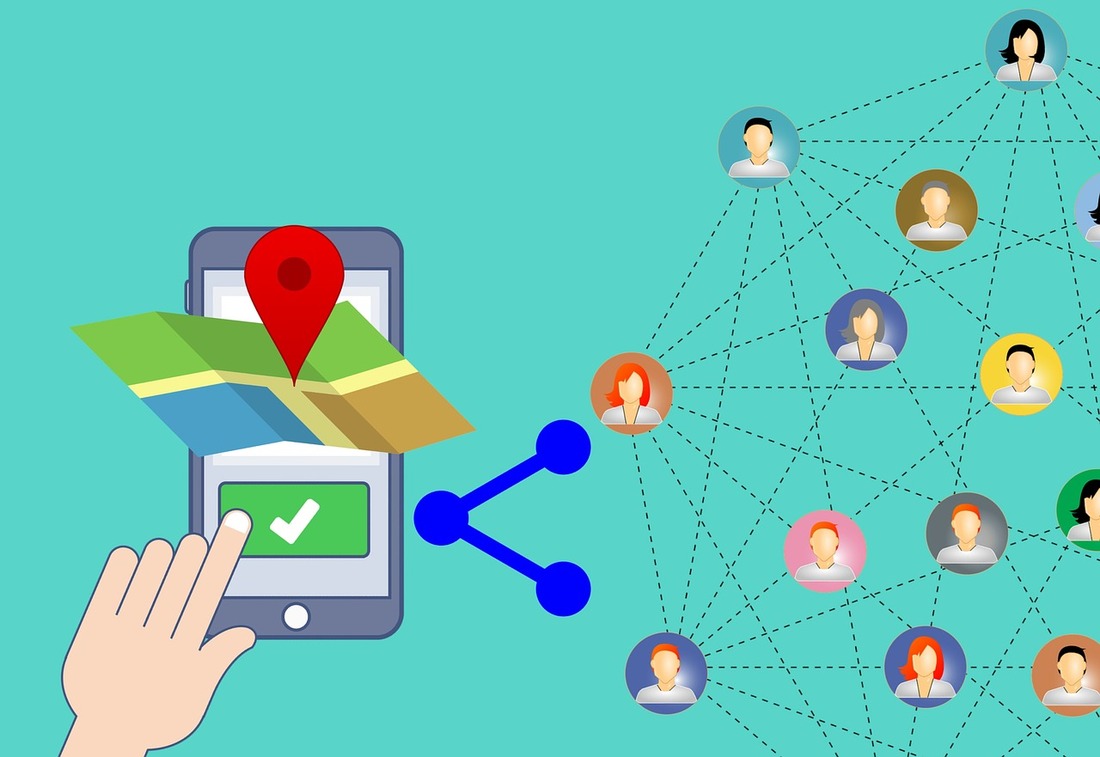|
Customer retention has become more important than ever in the wake of the pandemic. Customers today seek convenience and a seamless experience when it comes to the businesses they interact with, and improved customer retention can also help boost a company’s overall profit. A company that increases customer retention by only 5% can see anywhere from a 25-95% increase in profit, according to recent data from G2. For organizations involved in economic development, business retention and expansion (BR&E) is very similar to customer retention for companies. BR&E programs, often created by economic development organizations, connect and grow businesses within communities and can rely on business intelligence to inform strategy and address challenges. While business intelligence on its own is a powerful data solution, it can be greatly enhanced with location intelligence. Based on human mobility patterns, location intelligence can provide economic development agencies with the information they need to understand how current consumer behavior is impacting the businesses within their individual communities. Let’s take a look at how location intelligence can be used to support business retention and expansion programs by strengthening market analysis, providing deeper insights and ensuring accurate decision-making. Strengthens traditional market analysis Following the creation of a BR&E program team, a market analysis is organized providing the team with additional understanding of how businesses in the selected area are performing. The data collected includes existing or potential customer characteristics as well as further details about the trade area. Afterwards, surveys may be used to gather additional information. By adding location intelligence to this process, it can enrich the original data collected for market analysis by including behavior patterns of real-world consumers. Foot traffic data from consumers is handy here as it can provide analysts with additional insights into any changes in community business activity, consumer preferences or trade areas. These consumer trends can then be mapped out for local, regional and national areas of interest. Provides deeper insights for BR&E strategy After the data analysis is complete, the BR&E team can reach out to businesses in the relevant communities. Additional qualitative data can be collected through interviews with business leaders from these communities. Economic development agencies can then present a deeper, data-driven BR&E strategy to help provide insight into any challenges when meeting with these businesses. One example of this would be a business that sees high online sales, but low foot traffic at its brick-and-mortar location. Leaders from this business can work with their local economic development organization to discuss alternate sites in the city that might work better and align with known customer preferences. Location intelligence would help these organizations conduct site selection analytics that include the additional information they need. For example, let’s say the business mentioned above is one store in a small home improvement chain that currently operates in a low-traffic area of a strip mall. An economic development agency could work with the business to find out if an available storefront in the new shopping mall across town is a better choice. The resulting data analysis might confirm that consumers at this new mall are interested in home improvement and sometimes travel to a different location to make their purchases. Without this information, the business might have chosen to close down its retail store location and rely on online orders instead. Assuming that the business sees success at the new location and wants to expand its retail footprint further down the line, it can again work with the BR&E team to conduct another site selection analysis driven by location intelligence. Ensures accurate decision-making Consumer trends, now changing more quickly than ever, will continue to have an impact on overall customer retention, business retention and expansion. Companies are more at risk of falling behind in their industries (and their competitors) when they fail to meet current consumer expectations. An updated approach to data collection and analytics is needed to create effective BR&E strategies today. Location intelligence provides the timely data required, as well as the additional insights that economic development agencies need to work more effectively with local businesses. This can enrich market analysis and provide the insights needed to come up with ways to overcome challenges, such as choosing sites for new development projects or acquiring customers, as well as ensure more accurate decision-making. Source: https://www.business2community.com/ Image Credit: Pixabay.com | mohamed_hassan
0 Comments
Leave a Reply. |
Membership is open to businesses and organizations interested in increasing visibility and brand awareness in Westchester County and surrounding areas.
Archives
May 2024
Categories
All
|


 RSS Feed
RSS Feed